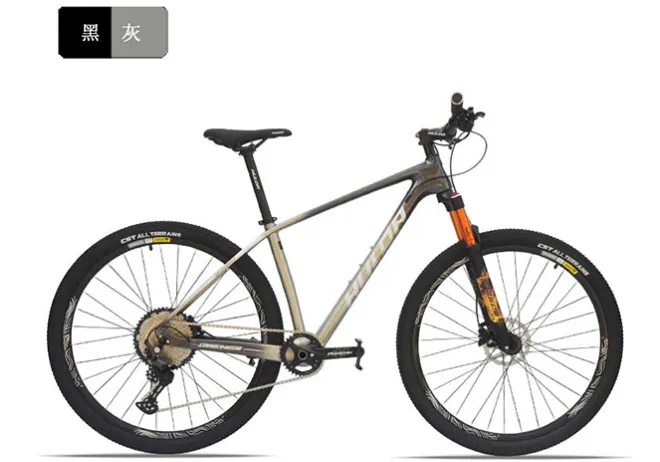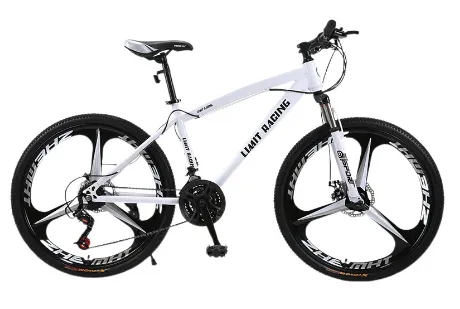
- Afrikaans
- Albanian
- Amharic
- Arabic
- Armenian
- Azerbaijani
- Basque
- Belarusian
- Bengali
- Bosnian
- Bulgarian
- Catalan
- Cebuano
- Corsican
- Croatian
- Czech
- Danish
- Dutch
- English
- Esperanto
- Estonian
- Finnish
- French
- Frisian
- Galician
- Georgian
- German
- Greek
- Gujarati
- Haitian Creole
- hausa
- hawaiian
- Hebrew
- Hindi
- Miao
- Hungarian
- Icelandic
- igbo
- Indonesian
- irish
- Italian
- Japanese
- Javanese
- Kannada
- kazakh
- Khmer
- Rwandese
- Korean
- Kurdish
- Kyrgyz
- Lao
- Latin
- Latvian
- Lithuanian
- Luxembourgish
- Macedonian
- Malgashi
- Malay
- Malayalam
- Maltese
- Maori
- Marathi
- Mongolian
- Myanmar
- Nepali
- Norwegian
- Norwegian
- Occitan
- Pashto
- Persian
- Polish
- Portuguese
- Punjabi
- Romanian
- Russian
- Samoan
- Scottish Gaelic
- Serbian
- Sesotho
- Shona
- Sindhi
- Sinhala
- Slovak
- Slovenian
- Somali
- Spanish
- Sundanese
- Swahili
- Swedish
- Tagalog
- Tajik
- Tamil
- Tatar
- Telugu
- Thai
- Turkish
- Turkmen
- Ukrainian
- Urdu
- Uighur
- Uzbek
- Vietnamese
- Welsh
- Bantu
- Yiddish
- Yoruba
- Zulu
Jan . 31, 2025 02:44 Back to list
3 wheel scooter for kids
When it comes to selecting the best kids scooter, there’s more than just choosing a fun color or flashy design. Parents want a product that not only provides hours of entertainment but also ensures safety, durability, and developmental support. Understanding the nuances behind what makes a scooter exceptional can make all the difference.
It’s equally important to consider adjustability as a pivotal feature. As children grow quickly, an adjustable handlebar ensures prolonged use, accommodating a child's growth without the need to frequently replace the scooter. This not only offers better value for money but also lets the child grow attached to their favorite scooter over multiple years. An often-overlooked aspect is the influence of a scooter's design and aesthetics on a child’s willingness to engage with it. From a psychological standpoint, personal attachment to a well-loved toy encourages its use more frequently. Designs that capture a child's imagination—be it through favorite colors, patterns, or characters—can encourage more active play, thus contributing to increased physical exercise. Furthermore, contemporary scooters often come equipped with features like LED lights or sound systems, adding an extra dimension of fun for children, particularly during evening rides. While these features can augment the excitement factor, ensuring that such elements are securely fitted and do not compromise safety remains paramount. Finally, expert recommendations suggest periodic maintenance checks to prolong a scooter's life. Ensuring tires are not worn, brakes function correctly, and all joints are tight can prevent accidents. A well-maintained scooter reflects a family’s commitment not just to fun but to safety as well. To conclude, choosing a kid’s scooter is about more than picking a trendy or popular model. It requires thoughtful consideration of safety, developmental benefits, and value for money. Ensuring that a scooter meets expert recommendations while appealing to the child's interests fosters an environment where learning and play go hand in hand. Such an investment brings lasting joy and growth for the child, assuring parents of its merit and trustworthy nature.


It’s equally important to consider adjustability as a pivotal feature. As children grow quickly, an adjustable handlebar ensures prolonged use, accommodating a child's growth without the need to frequently replace the scooter. This not only offers better value for money but also lets the child grow attached to their favorite scooter over multiple years. An often-overlooked aspect is the influence of a scooter's design and aesthetics on a child’s willingness to engage with it. From a psychological standpoint, personal attachment to a well-loved toy encourages its use more frequently. Designs that capture a child's imagination—be it through favorite colors, patterns, or characters—can encourage more active play, thus contributing to increased physical exercise. Furthermore, contemporary scooters often come equipped with features like LED lights or sound systems, adding an extra dimension of fun for children, particularly during evening rides. While these features can augment the excitement factor, ensuring that such elements are securely fitted and do not compromise safety remains paramount. Finally, expert recommendations suggest periodic maintenance checks to prolong a scooter's life. Ensuring tires are not worn, brakes function correctly, and all joints are tight can prevent accidents. A well-maintained scooter reflects a family’s commitment not just to fun but to safety as well. To conclude, choosing a kid’s scooter is about more than picking a trendy or popular model. It requires thoughtful consideration of safety, developmental benefits, and value for money. Ensuring that a scooter meets expert recommendations while appealing to the child's interests fosters an environment where learning and play go hand in hand. Such an investment brings lasting joy and growth for the child, assuring parents of its merit and trustworthy nature.
Next:
Latest news
-
The Ultimate Kids' Four-Wheeler Experience
NewsJul.09,2025
-
The Ultimate Guide to Mountain Bikes: Gear Up for Your Ride
NewsJul.09,2025
-
The New Age of Cycling: Electric Bikes for Every Rider
NewsJul.09,2025
-
The Best Kids Bicycles: Ride in Style and Safety
NewsJul.09,2025
-
The Best 3-Wheel Scooters for Kids: Fun, Safety, and Adventure
NewsJul.09,2025
-
Revolutionize Your Ride: Affordable Electric Bikes
NewsJul.09,2025
-
Finding the Perfect Mountain Bike for Every Rider
NewsJul.09,2025



